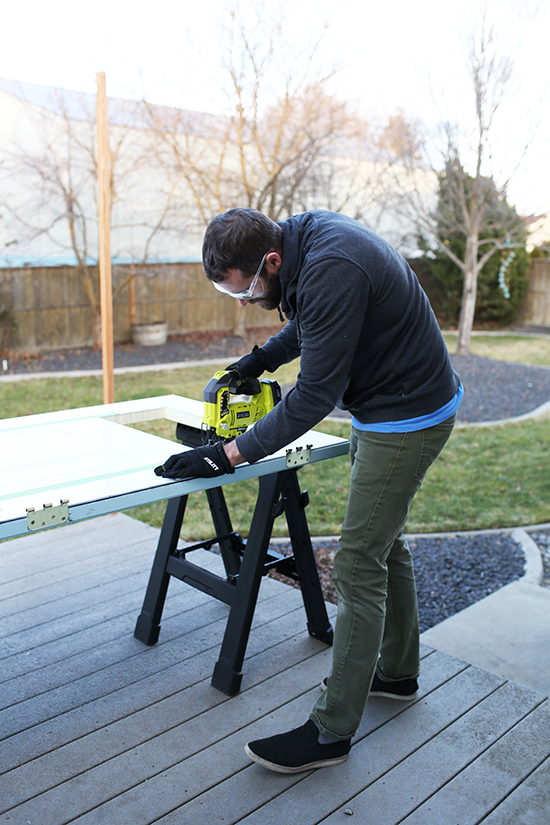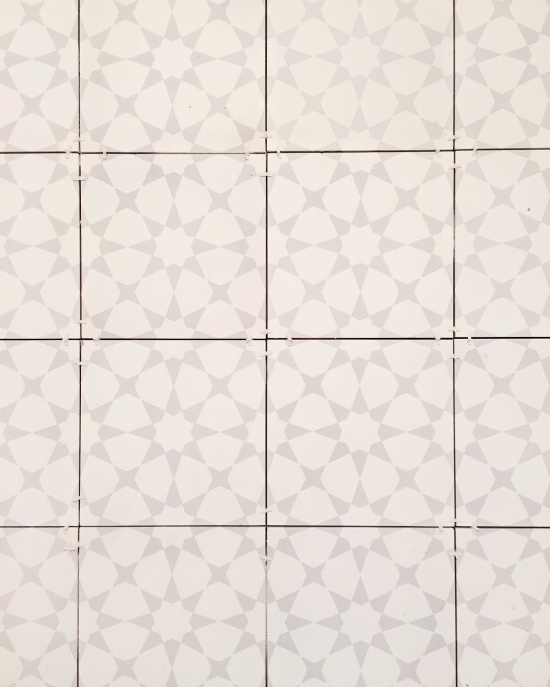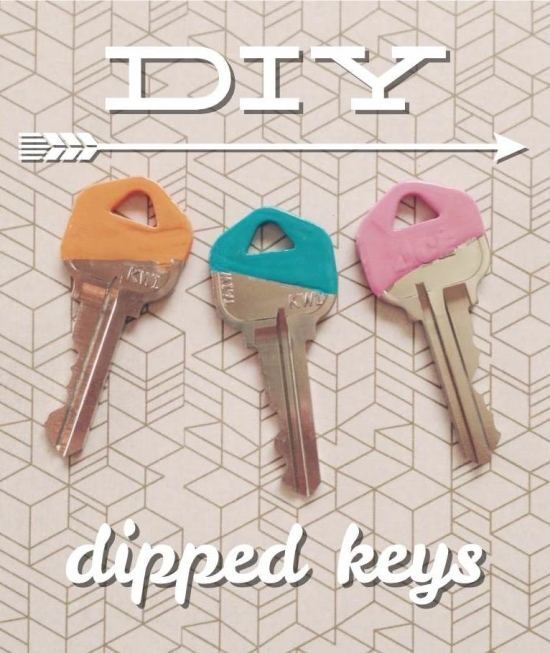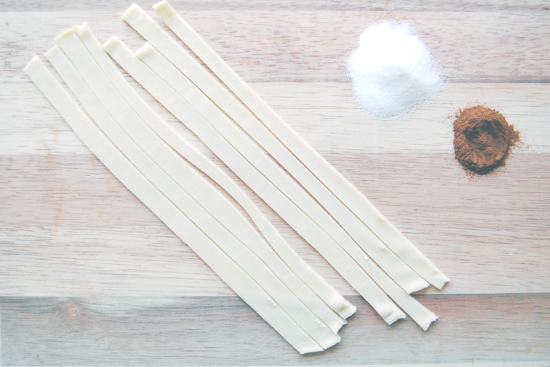10
This is a collaborative post. All opinions are my own.
Back when we were renters, we owned very few tools. Like really, I think all we had was a drill, a hammer, and a hand saw. After becoming homeowners, as we've needed new tools for projects to improve our home, we've added a few more tools to the arsenal. I'll be the first to admit, we are not expert DIYers by any means. We really like dreaming of ideas, but actually doing the work is not something either of us truly enjoys. We're willing to get our hands dirty, and we'll sometimes tackle projects ourselves to save money, but we don't get that much personal satisfaction from it. The funny thing is, I used to create lots of DIY tutorials and I truly loved doing that, but they were mostly for very simple decor ideas. Power tools are intimidating to me, if for no other reason than that they're expensive. I'm always hesitant to drop hundreds of dollars on tools for a specific project...especially when we're trying to keep the budget low. But trying to be cheap isn't usually a good thing when it comes to DIY home projects, as we've realized from experience. Trying to be "creative" and use what we have, leads to frustration and results that don't look as professional as they would've if we'd only been willing to spend the money for the right tool. I know that there are a number of tools like this, that definitely would pay off over time and make our projects easier, more efficient, and more high-quality. So I've been wanting to cultivate a collection of DIY-related tools and equipment, which would serve as a baseline. It would be our inventory to draw from time and time again, making future projects smoother, less expensive, and more convenient.

Basic essentials
- Paint brushes. Investing in high-quality brushes is a must for any DIY collection. It’s well worth reading through this guide to buying paint brushes and then investing in a few brushes that you can turn to time and again for various tasks.
- Roller handles and heads. Similar to above, a plentiful supply of different sized rollers handles and heads will always be a useful inclusion in any DIY collection.
- Painter's tape. Painter's masking tape is both a great way of protecting surfaces and ensuring a clean finish. It’s worth spending a little more to guarantee reliable quality.
- Duct tape. We all know how useful duct tape is on a variety of different projects.
Power tools
- A sander. This is the next one on my list. Sanding can be done by hand, but it’s a time-consuming process that produces variable results - so investing in a powered sander is usually the best choice for any committed DIYer. It’s also important to remember to keep a stock of replacement heads for the sander you choose, too; you can usually find generic versions that are a little more affordable than brand-name products while working just as well.
- A jigsaw. There are numerous types of saws available, but jigsaws are a decent all-rounder with a relatively low purchase price. It’s usually best to choose cordless units if you can, as these offer extra maneuverability.
- A nail gun (and air compressor). Nail guns can significantly improve speed of construction, making them a perfect choice for anyone interested in moderate-to-complex DIY tasks. In addition to purchasing the nail gun itself, you will most likely need to buy an air compressor to power the unit; this air compressor overview is a great place to start in this regard, and should allow you to find the right unit for your chosen nail gun.
- An electric screwdriver. Projects can be greatly slowed down if you are pausing to manually screw, or unscrew, components; switch to an electric screwdriver to avoid these lengthy delays and thus complete projects in the shortest possible time.
Cleaning equipment
- A sweeping brush. Countless DIY tasks will produce dust and debris, so investing in a stiff, reliable sweeping brush is a choice no DIYer will ever regret. Look for poles that allow you to replace the brush head.
- Trash bags. DIY projects tend to generate a lot of trash, so a supply of strong trash bags is a must. Try to keep these bags separate from your general-use trash bags too, so you can always be sure you’ll have at least one roll available when needed.
- A mop. When you’ve been decorating a room, the chances are that you’ll need to thoroughly clean the floor afterward, so a high-quality mop - that you don’t use for general chores - is definitely beneficial. You’ll also need to look for cleaning fluid, or consider making your own floor cleaner using this recipe.
- White spirit. Also known as mineral turpentine, this liquid can allow you to clean paint brushes and preserve them for future use, so keep a few bottles in a cool, dry area to be used as required.
Safety equipment
- Safety goggles. Safety goggles are essential for the majority of DIY projects, but many pairs are outright uncomfortable to wear, or continually fall down when in use. Take the time to find a pair that stay in place, are well-made, and feel comfortable even during extended periods of use.
- A hard hat. Hard hats are most commonly seen on construction sites, but if you undertake a project where there is any risk of items or debris falling from above - repairing a ceiling, for example - then the extra protection a hard hat can offer is definitely worth having.
- Heavy duty gloves. There are numerous different types of safety gloves available, and purchasing a decent pair of each type can greatly bolster your DIY collection. Ideally, your gloves should offer protection without completely drowning your hands and making it difficult to work; it’s worth order a few different sizes, try them on, and then send back the ones that are too large.
- Wound cleaner and bandages. Cuts and grazes are relatively common during DIY projects, so always having wound cleaner on hand can help to prevent infection and adhesive bandages to dress the wound is always a good choice.
Building a collection for the first time is a bit of an upfront expense, but I believe it'll be hugely beneficial. It will pay off down the road in saving money and time, ensuring that you will always have the essential core items required to complete a variety of DIY tasks on hand. Of course, disposable items such as painter's tape, cleaning fluids, paintbrushes, and so on, will still need to be replenished when they are used...but still, I think it's a worthwhile exercise!







